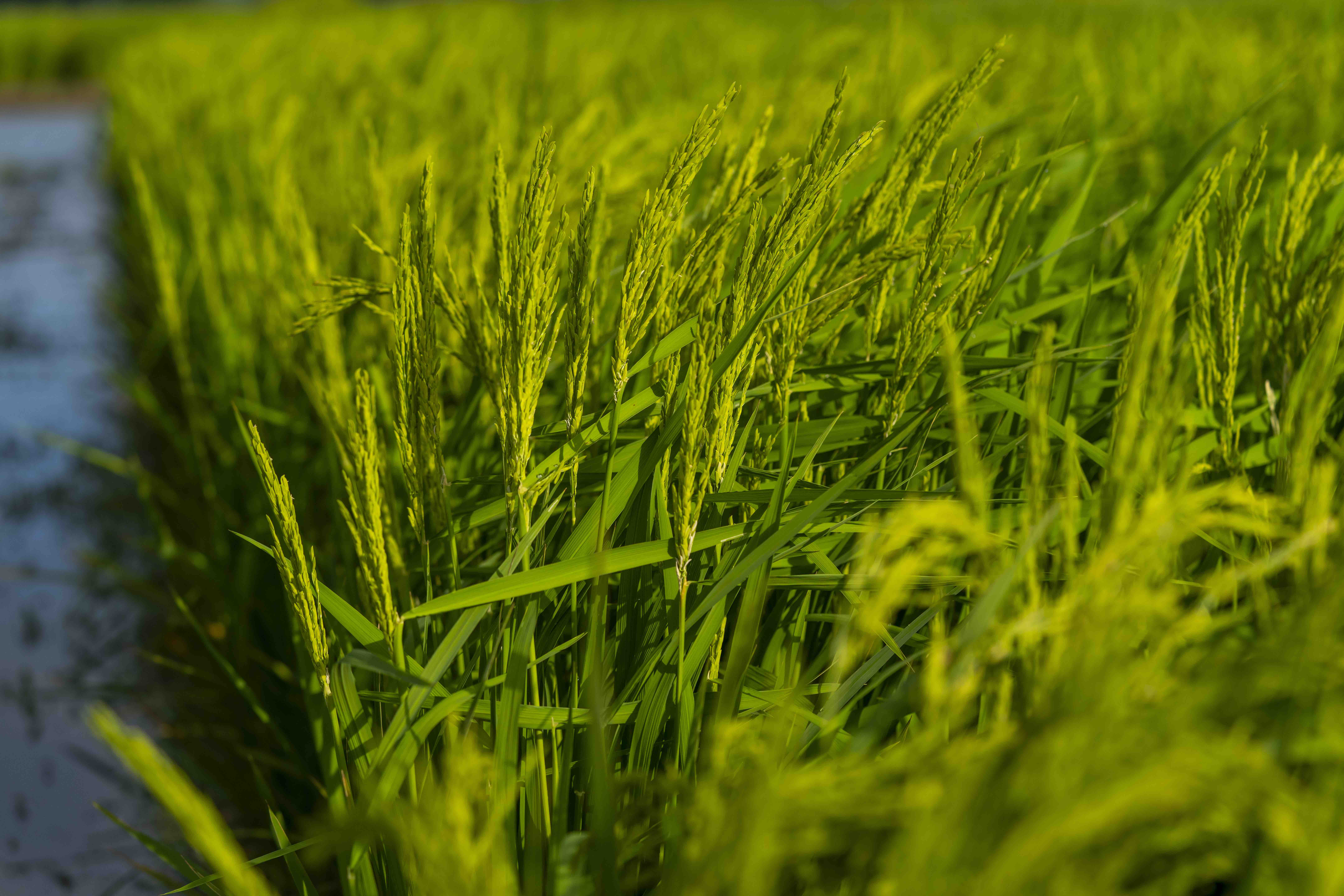While this may come as a surprise to some of our readers, farm program payment limits have been around almost as long as farm bills themselves. Modern payment limits are rooted in the Agricultural Act of 1970, but the earliest versions appeared in the Agricultural Adjustment Act of 1938, the nation’s second farm bill. While payment limits are not a new phenomenon, recent times have seen a sharp increase in the complexity – and perhaps unintended consequences – of the rules enforcing them.
Applying payment limits to Federal farm programs might seem relatively straightforward, but the decades-long debate over who should be eligible for assistance – and once they are deemed eligible, how much assistance they should receive – has resulted in a morass of regulations that are almost impossible for even the most astute attorney to follow. For example, with respect to eligibility, the Federal government devotes hundreds of pages to simply identifying who is “actively engaged in farming” and in determining whether a farmer’s income exceeds allowable thresholds for participation. While the intent (i.e., making sure the farm safety net is only accessible to those who really need it) may be laudable, we argue that the execution has made both risk management and farm transitions unnecessarily more challenging for family farms.
In a recent article in the Drake Journal of Agricultural Law, we explored all of these topics, focusing on one element in particular: the 2008 Farm Bill’s treatment of individuals and legal entities for purposes of applying payment limitations. According to the 2008 Farm Bill, both individuals and legal entities may only qualify for a single payment limit. The “legal entities” implicated by this provision include limited liability companies (LLCs) and corporations, both of which are restricted to a single payment limit regardless of the number of members of the farming operation that individually qualify as eligible for payment limits. This is in sharp contrast to the treatment of general partnerships, which may, in effect, combine the payment limits of their individual partners. As a practical matter, family farming operations comprised of multiple stakeholders must structure as general partnerships or some other form of joint venture if they are to avoid being forced into a single payment limit (Figure 1).
While this all may seem rather academic, it matters a great deal to those who rely on farm programs to manage the risks they face in production agriculture. For example, a family farm with multiple stakeholders actively engaged in the farming operation may have been advised by their attorney or accountant to structure as a pass-through LLC (to manage risk or tax liability); unbeknownst to them, their entire farming operation was then subjected to a single payment limit. Perhaps more importantly, LLCs are a very popular legal vehicle for facilitating farm transitions, yet Federal treatment of LLCs for payment limit purposes significantly disincentives their use. Ironically, in the same farm bill that Congress uses to authorize risk management tools for farmers and ranchers, the payment limit rules continue to expose real-life farmers and ranchers to even more risk.
In the article noted above, we argue for taking what we call an “entity agnostic” approach to farm bill payment limitations. Under this approach, any entity (especially pass-through entities like LLCs) involving two or more individuals would be treated like a partnership, where the number of payment limits parallels the number of actively engaged participants. This change would not affect who is eligible for assistance (although those rules are ripe for modernization as well). As we argue in the article, the remaining “eligibility rules provide more than adequate safeguards to ensure those receiving farm bill payments are legitimately involved with their respective farming operations.”
Congress has an opportunity in the impending farm bill debate to help facilitate farm transitions from one generation to the next by modernizing payment limitations to ensure they are not disincentivizing the use of LLCs. If you would like to read more on this topic—or if you are having trouble falling asleep tonight—considering checking out the full, 60-page article at this link.
Figure 1. Comparing the Disparate Application of Payment Limits for LLCs and General Partnerships under Current Law.

Ferrell, Shannon L., Tiffany Dowell Lashmet, and Bart L. Fischer. “Paved with Good Intentions: Unintended Impacts of Farm Bill Payment Limitations.” Southern Ag Today 4(19.4). May 9, 2024. Permalink





